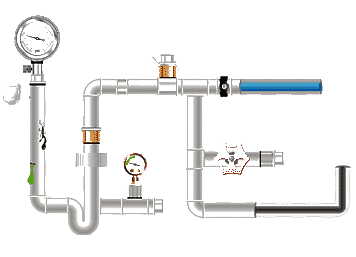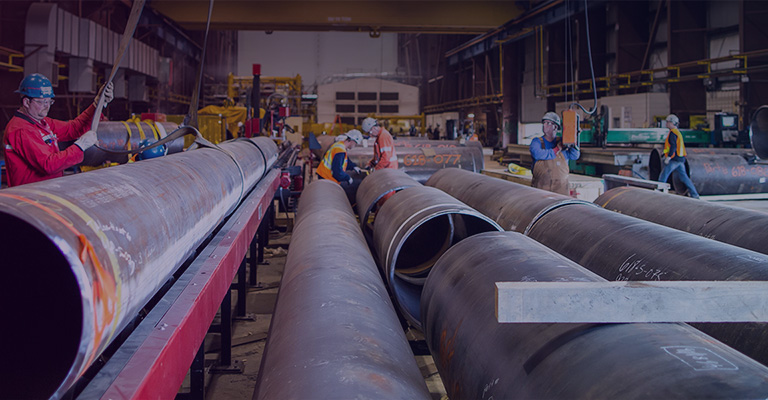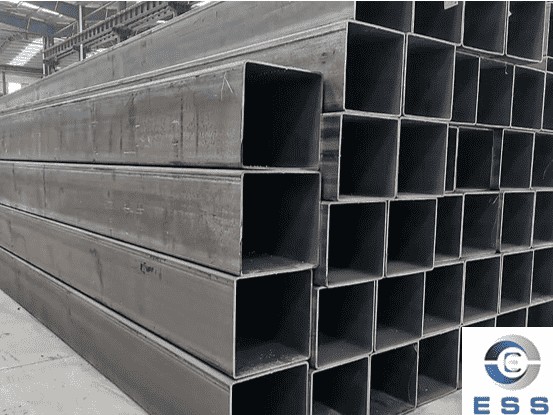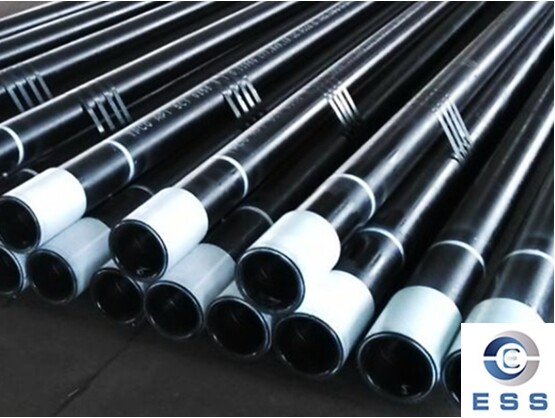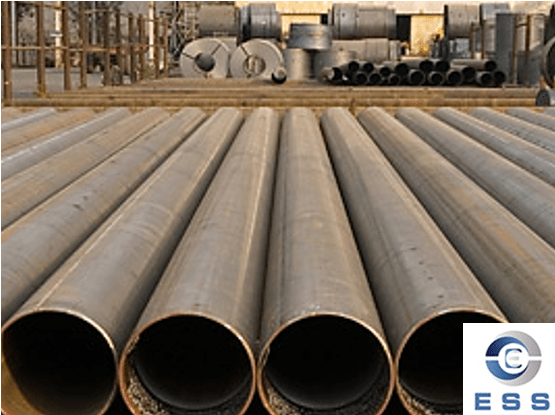The steel industry has made remarkable innovations in the last few decades. From the use of various alloys to create stronger and more durable steel to the evolution of automation that allows for faster, more efficient production, there is no doubt that steel has become an integral part of modern life.steel is one of the most widely used metals in a variety of applications. It offers a range of mechanical properties that make it invaluable for many different uses, from structural frames and beams to automotive components. One such example of this innovation is
RHS steel. This type of steel has become increasingly popular due to its versatility and strength. There are many sizes available for steel products, and in this essay,we will explore what sizes does
RHS steel come in?
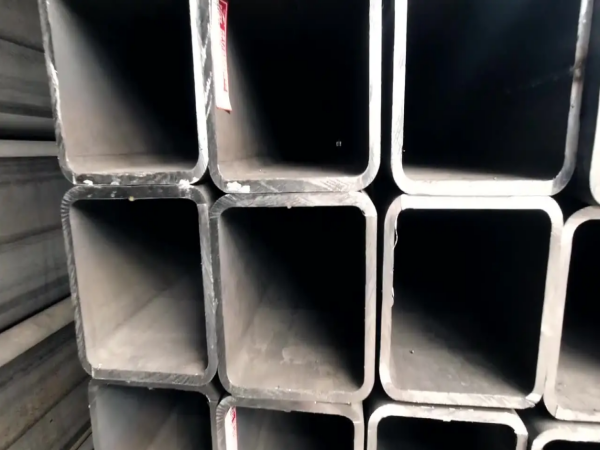
RHS steel meaning
RHS steel (rectangular tube) is a type of
hollow steel that has been shaped into a rectangular cross-section with uniform
thickness.
It has been around since the early 2000s and was developed by liberty onesteel, an australian metallurgy and steel production company. The goal of the new type of steel was to provide customers with a versatile product that could be used in a variety of applications. RHS steel is made up of two long flat strips of stainless steel welded together at the edges. This creates a rectangular shape, which is then hollowed out and filled with other materials.
It is commonly used in applications such as structural frames,
beams, and columns. As it is a hollow section, it can also be used for many
other applications such as piping and storage tanks. The profile helps to
reduce material costs by allowing more efficient use of the steel as compared
to other steel products.
It is typically manufactured by cold
bending or hot forming, followed by high-frequency welding (ERW)
or seamless extrusion. RHS features uniform wall thickness, precise dimensions,
and a flat exterior surface. It is widely used in load-bearing frames,
structural beams and columns, machinery manufacturing, and architectural
curtain wall structures.
Common production standards include:
EN
10210 / EN 10219 (European Standard):
Hot-rolled and cold-formed hollow steel
sections for structural purposes;
AS/NZS 1163 (Australian and New Zealand
Standard): Cold-formed welded
steel tubes for structural purposes;
ASTM A500 (American Standard): Cold-formed
welded and seamless carbon steel structural tubes;
JIS G3466 (Japanese Standard): Rectangular
and square hollow sections for general structural purposes.
Advantages of RHS steel
1. One of the main advantages of RHS steel
is its strength and durability, because it is constructed out of two flat
pieces of stainless steel, it is much more resistant to bending and warping
than other types of steel.
2. It is also much lighter than most types
of steel, making it easier to transport.
3. Its rectangular shape makes it easier to
cut and form into different shapes to suit your needs. It can withstand much
higher stress levels than other types of hollow steel, making it perfect for
applications where the steel must carry a heavy load.
4. It is also corrosion-resistant, so it
can be used outdoors in areas where weathering is common.
5. RHS steel is easier to fabricate due to
its uniform shape, reducing production costs.
These features make RHS steel an ideal choice for construction projects.
RHS steel sizes
RHS steel is available in a variety of
sizes, ranging from 25mm x 25mm up to 500mm x 500mm. It is also available in
different thicknesses, ranging from 1.5m to 12.7mm.
The exact size and thickness of the steel
will depend on the application for which it is being used. There are also
special ‘non-standard’ sizes available, which are tailored to specific
projects.
RHS steel comes in a variety of sizes and
lengths. The most common size ranges from 18 mm to 6 m.
1. Common International Standard Size
There are also many other specialized
sizes, such as:
JIS G3466 - 30mm x 15mm up to 600mm x
400mm;
AS/NZS 1163 - size range: 10mm x 10mm to
500mm x 500mm;
API 5L GR B – size range: 10mm x 10mm to
300mm x 300mm;
BS 1387 – size range 20mm x 40mm to 500mm x
800mm;
AUS 5218 – size range: 50mm x 25mm to 200mm
x 100mm;
ASTM A500 – size range: 2”X 2” To 12” X
12”.
2. RHS Steel Sizes Chart
|
Size
mm
|
kg/m
|
Size
mm
|
kg/m
|
|
40
x 20 x 2.0
|
1.68
|
40
x 20 x 2.5
|
2.03
|
|
40
x 20 x 3.0
|
2.36
|
40
x 25 x 1.5
|
1.44
|
|
40
x 25 x 2.0
|
1.89
|
40
x 25 x 2.5
|
2.23
|
|
50
x 25 x 2.0
|
2.21
|
50
x 25 x 2.5
|
2.72
|
|
50
x 25 x 3.0
|
3.22
|
50
x 30 x 2.5
|
2.92
|
|
50
x 30 x 3.0
|
3.45
|
50
x 30 x 4.0
|
4.46
|
|
50
x 40 x 3.0
|
3.77
|
60
x 40 x 2.0
|
2.93
|
|
60
x 40 x 2.5
|
3.71
|
60
x 40 x 3.0
|
4.39
|
|
60
x 40 x 4.0
|
5.72
|
70
x 50 x 2
|
3.56
|
|
70
x 50 x 2.5
|
4.39
|
70
x 50 x 3.0
|
5.19
|
|
70
x 50 x 4.0
|
6.71
|
80
x 40 x 2.5
|
4.26
|
|
80
x 40 x 3.0
|
5.34
|
80
x 40 x 4.0
|
6.97
|
|
80
x 40 x 5.0
|
8.54
|
80
x 50 x 3.0
|
5.66
|
|
80
x 50 x 4.0
|
7.34
|
90
x 50 x 3.0
|
6.28
|
|
90
x 50 x 3.6
|
7.46
|
90
x 50 x 5.0
|
10.11
|
|
100
x 50 x 2.5
|
5.63
|
100
x 50 x 3.0
|
6.75
|
|
100
x 50 x 4.0
|
8.86
|
100
x 50 x 5.0
|
10.90
|
|
100
x 60 x 3.0
|
7.22
|
100
x 60 x 3.6
|
8.59
|
|
100
x 60 x 5.0
|
11.70
|
120
x 80 x 2.5
|
7.65
|
|
120
x 80 x 3.0
|
9.03
|
120
x 80 x 4.0
|
12.00
|
|
120
x 80 x 5.0
|
14.80
|
120
x 80 x 6.0
|
17.60
|
|
120
x 80 x 8.0
|
22.9
|
150
x 100 x 5.0
|
18.70
|
|
150
x 100 x 6.0
|
22.30
|
150
x 100 x 8.0
|
29.10
|
|
150
x 100 x 10.0
|
35.70
|
160
x 80 x 5.0
|
18.00
|
|
160
x 80 x 6.0
|
21.30
|
160
x 80 x 8.0
|
27.90
|
|
200
x 100 x 5.0
|
22.70
|
200
x 100 x 6.0
|
27.00
|
|
200
x 100 x 8.0
|
35.4
|
200
x 100 x 10.0
|
43.60
|
|
250
x 150 x 5.0
|
30.5
|
250
x 150 x 6.0
|
38.2
|
|
250
x 150 x 8.0
|
48.0
|
250
x 150 x 10
|
59.3
|
|
300
x 200 x 6.0
|
48.10
|
300
x 200 x 8.0
|
60.50
|
|
300
x 200 x 10.0
|
75.00
|
400
x 200 x 8.0
|
73.10
|
|
400
x 200 x 10.0
|
90.70
|
400
x 200 x 16
|
142.00
|
RHS steel purchasing and customization
recommendations
1. Select Wall Thickness Based on Load
Requirements
For heavy-duty or long-term outdoor
structures, a wall thickness of 4mm or greater is recommended.
2. Pay Attention to Standards And Material
Grades
Common materials include Q235B, Q345B,
S275J0H, and S355J2H. Structural applications should comply with EN 10210 or
ASTM A500 Grade B or higher.
3. Surface Treatment
Hot-dip galvanizing (HDG) or epoxy coating
is recommended for improved weather resistance.
4. Custom Lengths and Cutting Services
Most manufacturers can provide custom
lengths from 1 to 14 meters based on drawings.
Conclusion
RHS steel is an incredibly versatile metal that can be used for a variety of applications. Its uniform shape and range of sizes make it perfect for many different applications, from structural frames and beams to pipes and storage tanks. This essay has discussed the sizes of RHS steel that are available, the advantages of this type of steel, and the non-standard sizes that are available for specific projects. RHS steel is an incredibly strong and versatile type of steel that has numerous uses in construction. It is lightweight, yet sturdy, and comes in a variety of sizes and lengths to meet the needs of any project. With RHS steel, you can be sure you are getting a high-quality product that can stand up to the most demanding of conditions.









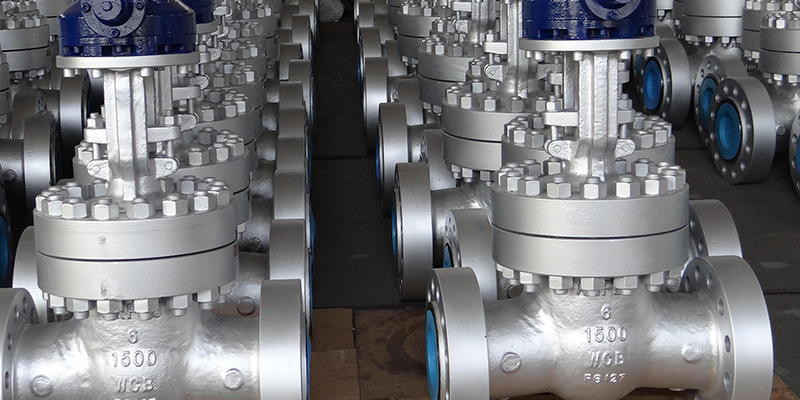
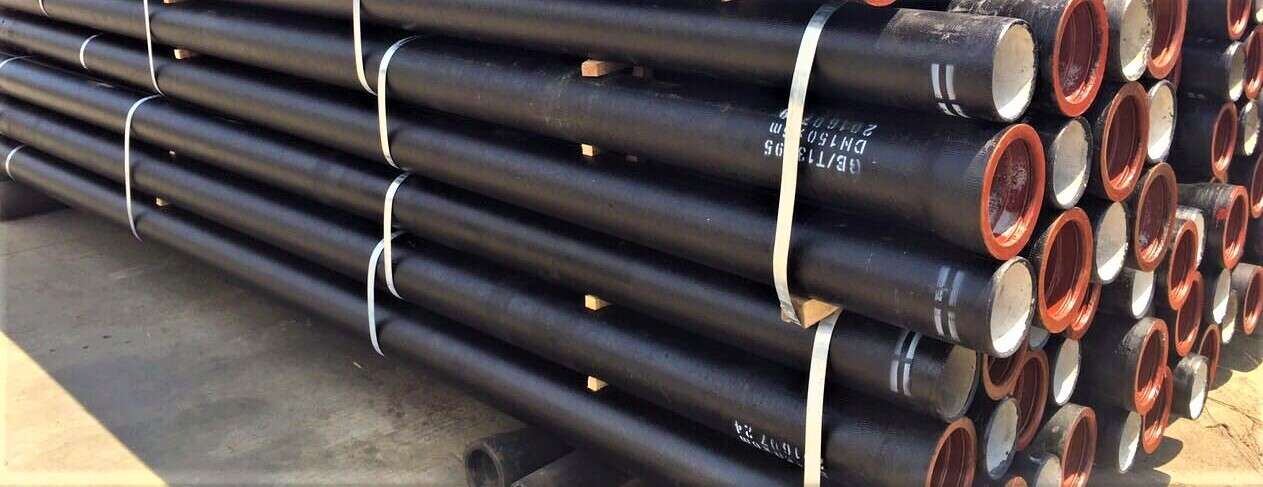


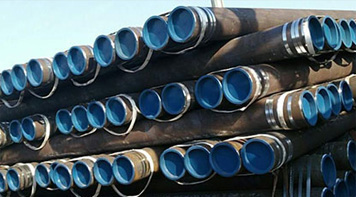 Eastern Steel Manufacturing Co.,Ltd not only improve product production and sales services, but also provide additional value-added services. As long as you need, we can complete your specific needs together.
Eastern Steel Manufacturing Co.,Ltd not only improve product production and sales services, but also provide additional value-added services. As long as you need, we can complete your specific needs together.
